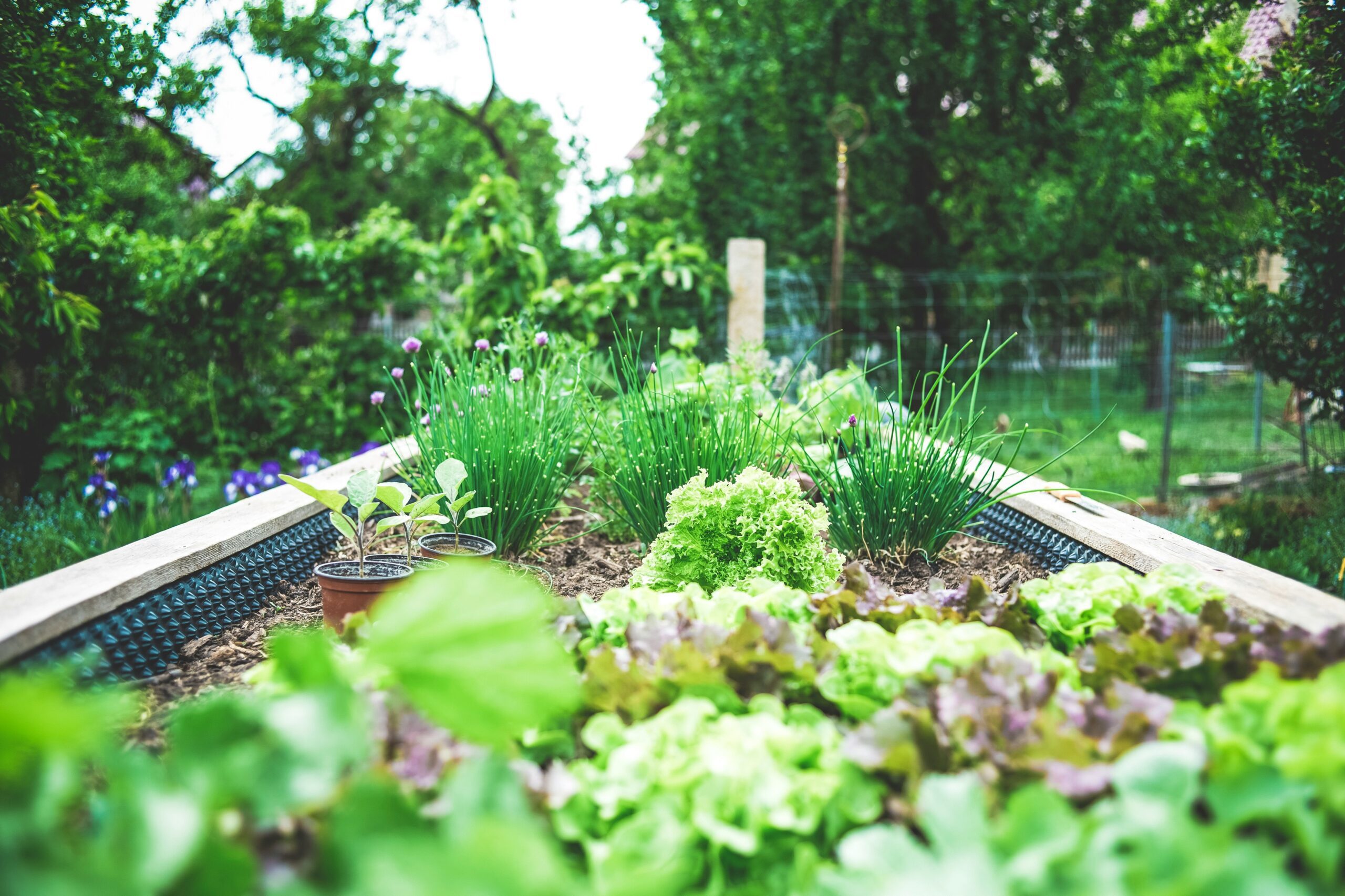

Introduction to Herb Gardens
Are you ready to transform your kitchen into a fragrant oasis? Imagine stepping outside to gather fresh basil, thyme, or rosemary for your next culinary masterpiece. An herb garden at home can bring this dream to life and more. Growing herbs isn’t just about adding flavor; it’s also a rewarding hobby that connects you with nature.
Whether you have a sprawling backyard or a small balcony, starting an herb garden is accessible and enjoyable. From the moment those tiny seeds sprout green shoots, you’ll feel accomplished and inspired. Let’s dive into how you can cultivate your own little patch of greenery right at home!
Benefits of Growing Your Own Herbs at Home
Growing your own herbs at home offers a delightful array of benefits. First and foremost, it enhances your culinary creations. Fresh herbs can transform ordinary dishes into extraordinary meals, bursting with flavor.
There’s also the joy of gardening itself. Tending to plants provides a therapeutic escape from daily stressors. It’s a rewarding hobby that connects you to nature.
Homegrown herbs are healthier too. You know exactly what goes into them—no pesticides or chemicals lurking in the soil. This means safer ingredients for your family’s meals.
Additionally, having fresh herbs on hand is incredibly convenient. No more last-minute trips to the store when you’re craving that perfect basil or cilantro for dinner.
Growing your own herbs can save you money over time. Instead of purchasing small plastic containers at high prices, you’ll have an endless supply right outside your door.
Choosing the Right Location for Your Herb Garden
Selecting the right spot for your herb garden sets the foundation for its success. Herbs thrive in sunlight, so aim for a location that receives at least six hours of direct light each day. A sunny windowsill or a sheltered outdoor space can work wonders.
Consider accessibility too. You’ll want to easily reach your herbs when it’s time to harvest or cook with them. Proximity to your kitchen is ideal, making fresh ingredients just a few steps away.
Drainage plays a crucial role as well. Avoid areas where water tends to pool after rain; soggy roots can lead to disease and stunted growth. Raised beds or pots can solve drainage issues while adding an aesthetic touch.
Think about temperature fluctuations and wind exposure. Protecting delicate plants from harsh winds will help maintain their health as they grow strong and flavorful over time.
Creative Ways to Use and Store Your Homegrown Herbs
Homegrown herbs can elevate your culinary creations. Think beyond the traditional use of fresh sprigs in dishes. Chop and blend herbs into homemade pesto or chimichurri for a vibrant sauce.
Drying is another fantastic option. Hang bundles upside down in a cool, dark space to retain flavor. Once dried, store them in glass jars labeled with their names and harvest dates.
For those who love cooking with convenience, consider freezing herb ice cubes. Blend chopped herbs with olive oil or water, pour into an ice cube tray, freeze, and pop out whenever you need a burst of freshness.
Herb-infused oils add flair to salads and marinades. Simply heat oil gently with fresh herbs until fragrant—then strain it for storage.
Don’t forget about crafting aromatic sachets using dried herbs! They make lovely gifts while keeping your drawers smelling delightful.
Troubleshooting Common Herb Garden Problems
Every gardener faces challenges. Herb gardens are no exception. Identifying the problem is key.
Pests can be a major concern. Aphids and spider mites love herbs like basil and parsley. A simple soap spray can help manage these pesky invaders.
Overwatering is another common issue. Yellowing leaves often signal too much moisture. Make sure your pots have drainage holes, and let the soil dry out between watering sessions.
Nutrient deficiencies may arise as well. If your plants appear stunted or discolored, consider adding organic compost to enrich the soil.
Diseases can also affect herb health. Fungal infections might present as spots on leaves. Ensure proper air circulation by spacing plants apart adequately.
Monitor exposure to sunlight—herbs generally thrive in six hours of light daily but may need some shade during peak summer heat to prevent wilting or scorching.
Conclusion: Enjoying the Fruits (or Herbs) of
Growing your own herb garden at home is a rewarding journey. It offers the chance to cultivate fresh flavors right outside your door. Imagine stepping into your garden to snip some basil for a homemade pasta sauce or adding freshly chopped parsley to elevate a simple dish.
As you nurture these plants, you’ll find joy in watching them grow and thrive. Each herb has its unique scent and character, bringing life not only to your meals but also to your outdoor space. Plus, there’s something satisfying about knowing exactly where your food comes from.
Embrace the creativity of combining herbs in cooking, crafting herbal teas, or even making infused oils. Storing them properly allows you to enjoy their benefits year-round.
When challenges arise—like pests or wilting leaves—don’t be discouraged. Every gardener faces hurdles; learning how to navigate these issues enhances the experience.
The beauty of an herb garden lies not just in harvests but in the process itself—a blend of patience, experimentation, and hands-on engagement with nature. So gather those pots and seeds, dig into that soil, and savor every moment spent growing something special right at home!
